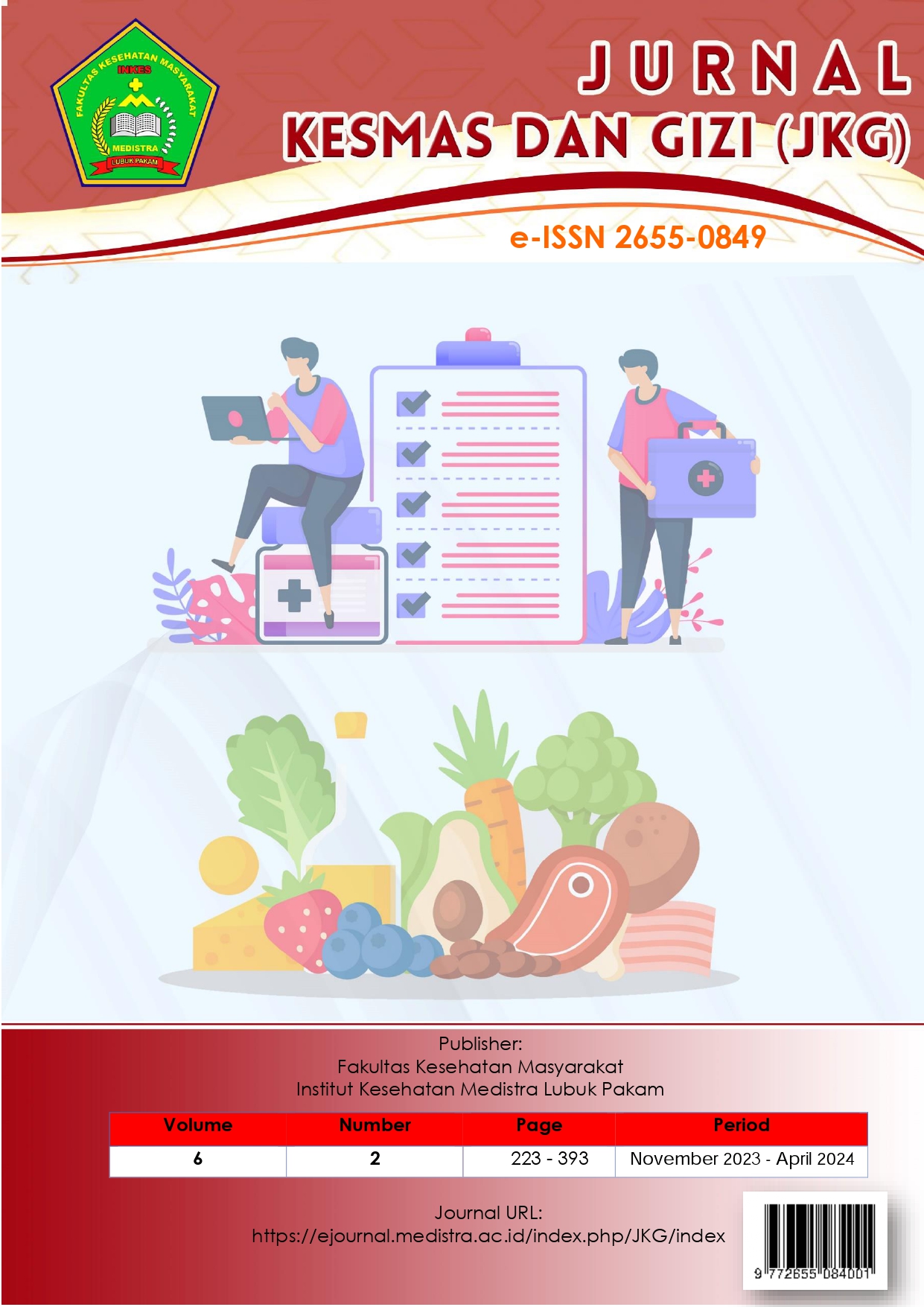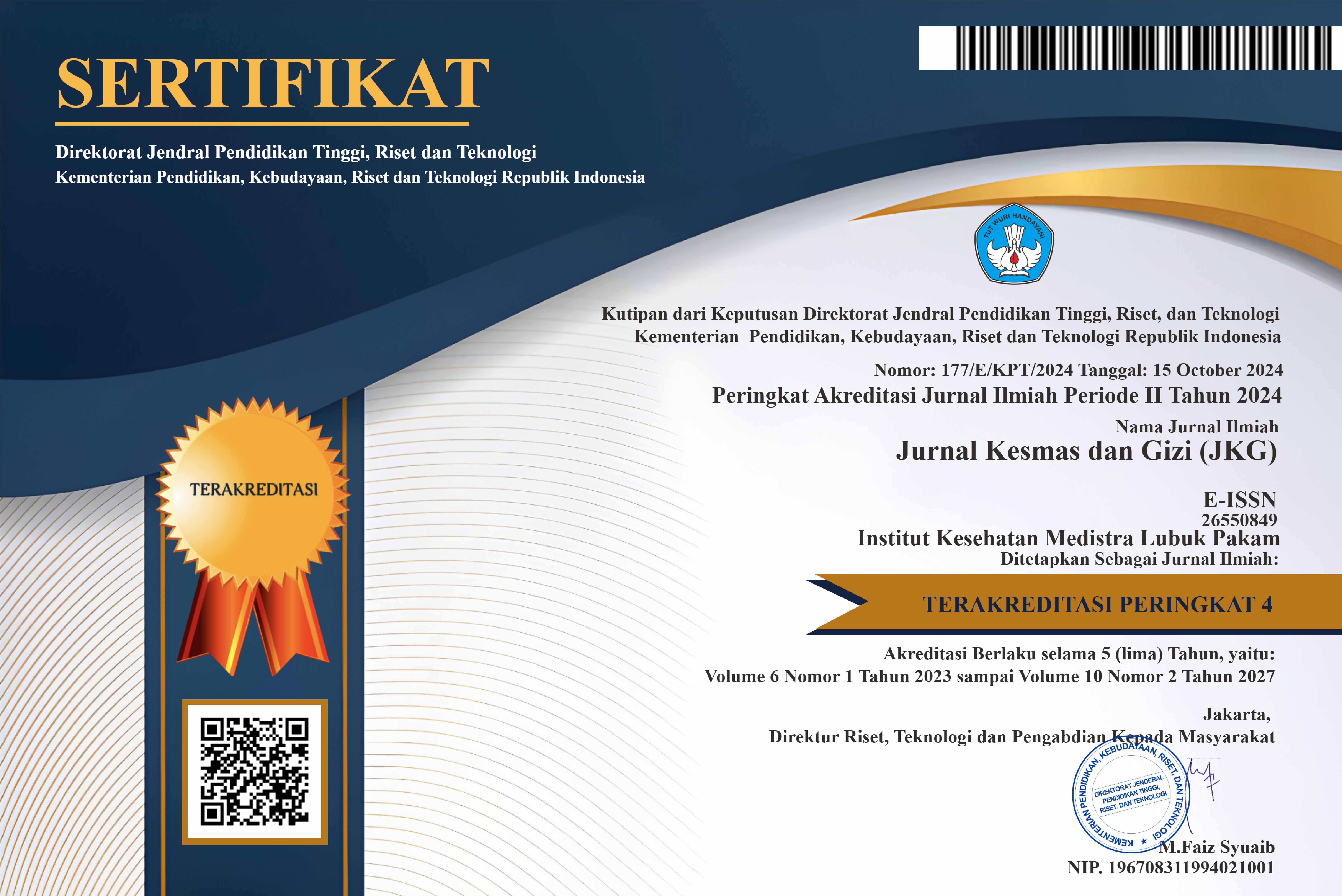The The Influence of Role Clarity in Interprofessional Teams on the Speed of Emergency Response to Catastrophic Diseases
The Influence of Role Clarity in Interprofessional Teams on the Speed of Emergency Response to Catastrophic Diseases
DOI:
https://doi.org/10.35451/jkg.v6i2.2511Keywords:
Role Clarity, Interprofessional Team, Response Speed, EmergencyAbstract
Background:Catastrophic diseases, such as heart attacks, strokes, and acute respiratory failure, require a rapid and appropriate emergency response. In emergency situations, interprofessional teams play a crucial role in ensuring effective coordination. Role clarity within these teams is a key factor that can influence the speed of response to emergency conditions. Objective:This study aims to analyze the impact of role clarity within interprofessional teams on the speed of emergency response in patients with catastrophic diseases. Methodology:This study employs a quantitative design with a cross-sectional approach. Data were collected from healthcare professionals in the emergency departments (ED) of several referral hospitals. The independent variable is role clarity within the interprofessional team, measured using a structured questionnaire. The dependent variable is the speed of emergency response, assessed based on the time taken by the team to manage patients from triage to initial intervention. Data analysis was conducted using univariate and bivariate statistical tests, including Pearson or Spearman correlation tests, as well as linear regression to examine deeper relationships. Results and Discussion: Univariate analysis showed that the majority of respondents had a high level of role clarity (72.5%) and a fast emergency response time (68.3%). Bivariate analysis indicated a significant positive correlation between role clarity within the interprofessional team and the speed of emergency response (r = 0.65, p < 0.01). Linear regression results showed that role clarity contributed 42% to the variation in response speed (R² = 0.42), after controlling for other variables such as work experience and team size. These findings confirm that the clearer the roles within the team, the faster the response to patients’ emergency conditions
Downloads
References
Kemenkes RI. (2021). Pedoman Pelayanan Kegawatdaruratan Medis. Jakarta: Kementerian Kesehatan RI.
Santoso, B. (2019). Manajemen Kesehatan dalam Penanganan Kegawatdaruratan. Yogyakarta: Pustaka Medika.
Wibowo, A. (2020). Efektivitas Tim Medis dalam Pelayanan Gawat Darurat. Bandung: Medika Press.
Rahmadani, S. (2018). Pengaruh Koordinasi Tim terhadap Kecepatan Respons Medis. Surabaya: Jurnal Kesehatan Indonesia.
Suharto, L. (2022). Peran Tenaga Kesehatan dalam Penanganan Pasien Katastropik. Jakarta: Pustaka Kesehatan.
Yusuf, R. (2021). Komunikasi Efektif dalam Tim Interprofesional. Malang: Universitas Kesehatan Press.
Downloads
Published
Issue
Section
License
Copyright (c) 2024 HARRIS RAMBEY

This work is licensed under a Creative Commons Attribution 4.0 International License.
Copyright in each article is the property of the Author.


























